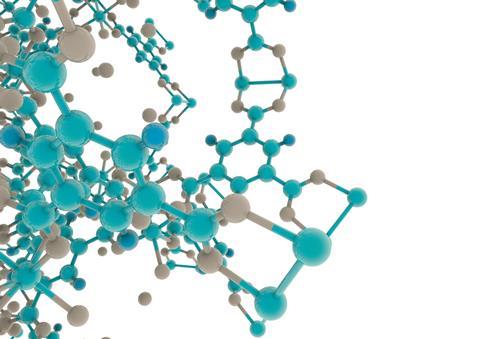MOFs and flexible electronics have grabbed headlines and will soon be on the shelves
How many stories have you read in our pages about metal–organic frameworks over the years? Probably quite a few – we’ve reported on MOFs that can (deep breath) deliver drugs, sense ammonia, store gas, be eaten, disable chemical weapons, separate gases, explode, catalyse reactions, separate mixtures and so on and so forth. And those are just the ones that made it past our daily news meeting where we weed out the less newsworthy articles.

The almost bewildering array of potential applications is enabled by MOFs’ impressive properties: that porosity! That programmable versatility! I’m sure some of our readers may have suffered from MOF-fatigue and perhaps viewed some of the claims with a pinch of salt. Of course, reading papers and news articles with the metaphorical salt cellar close to hand is what good scientists are supposed to do, so I hope the MOF-makers aren’t too offended. There’s a fine line between excited optimism and hype, and only hindsight will be able to tell them apart. With MOFs now hitting the shelves, we may soon see whether they live up to the expectation.
Flexible and wearable electronics is another exciting area of research that offers pretty surprising properties and fantastic-sounding potential applications. The thought that circuits, transistors, sensors and even batteries can be robust, yet flexible and incredibly thin seemed like science fiction just a few years ago. But these devices are now close to being fully developed, as you can read on p16.
With both MOFs and flexible electronics, it felt like the early research was strongly driven by those potential applications – storing or separating gases more effectively, or sensors that mimic human skin. But I wouldn’t be surprised to discover in the future that the biggest or most life-changing uses are ones that we can’t even envision now – that’s so often how it turns out.
So it’s worth remembering that when those exciting initial discoveries start cropping up everywhere and a cynicism begins to set in – this often means that the journey is nearly complete. Try to keep your natural cynicism in check and remember what made those initial works so incredible: that one gram of a mainly organic material can have a surface area as big as a football pitch, or that paper-thin circuits can be both robust and flexible. A little bit of wonder goes a long way.












No comments yet